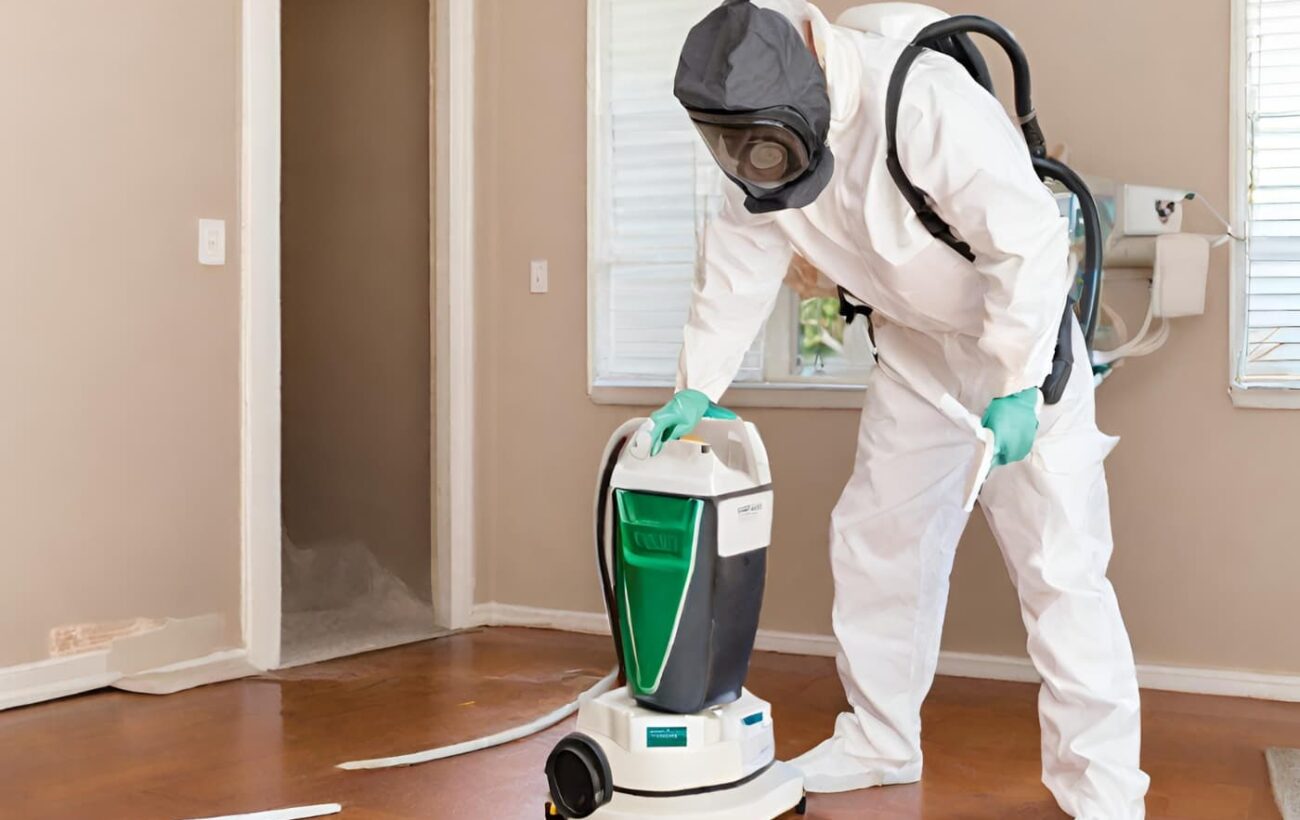In the realm of Pest Control SEO Strategies, the success of your digital presence hinges on more than just content and backlinks. Enter the world of technical SEO audits a powerful, yet often overlooked aspect of search engine optimization. In this blog post, we’ll journey through the intricacies of conducting Technical SEO Audits for Pest Control Websites. By the end, you’ll understand why this behind-the-scenes effort is essential for ranking higher, attracting more visitors, and delivering a superior user experience.
The Basics of Technical SEO
Technical SEO forms the backbone of your online presence. It’s the foundation upon which your content, links, and user experience are built. To embark on the path of Pest Control SEO Strategies mastery, you must first grasp the basics of technical SEO.
At its core, technical SEO focuses on optimizing the technical elements of your website to enhance its visibility and performance in search engines. Unlike on-page and off-page SEO, which mainly deal with content and external links, technical SEO revolves around factors like website speed, mobile-friendliness, crawlability, and security.
Initial Website Assessment
Before diving into the intricacies of technical SEO, you need to assess your website’s current state. Think of it as a diagnostic check-up for your online presence. Here’s how to get started:
Crawling and Indexing
Search engines employ crawlers (or bots) to scan and index web pages. An issue in the crawling and indexing phase can hinder your website’s visibility. To ensure a smooth journey for these bots, follow these steps:
- Utilize a robots.txt file to guide search engine crawlers on which parts of your site to crawl and which to avoid.
- Create and submit an XML sitemap to search engines, helping them understand the structure of your website.
- Monitor crawl errors and address them promptly to prevent indexing issues.
Website Speed and Performance
Website speed is not only a ranking factor but also a critical component of user experience. According to statistics, nearly half of users expect a web page to load in two seconds or less. Here’s how to optimize your website for speed:
- Compress and optimize images to reduce page load times.
- Minimize HTTP requests by combining CSS and JavaScript files.
- Implement browser caching to improve load times for returning visitors.
Mobile Friendliness
The era of mobile-first indexing is here, making mobile-friendliness a top priority in Pest Control SEO Strategies. Follow these steps to ensure your site is mobile-friendly:
- Use responsive web design to ensure your site adapts seamlessly to various devices and screen sizes.
- Test your website’s mobile-friendliness using tools like Google’s Mobile-Friendly Test.
- Optimize images and other media for mobile devices to reduce load times.
URL Structure and Canonicalization
A well-structured URL can enhance both user experience and SEO. Here’s how to achieve a clean and SEO-friendly URL structure:
- Use descriptive and concise URLs that reflect the content of each page.
- Implement canonical tags to resolve duplicate content issues and guide search engines to the preferred version of a page.
Site Architecture and Navigation
Your website’s architecture plays a pivotal role in how search engines and users navigate your site. Ensure a user-friendly experience with these strategies:
- Create a logical hierarchy with clear categories and subcategories for your pest control services.
- Implement breadcrumb navigation to help users and search engines understand the site’s structure.
HTTPS and Security
Security is paramount in today’s digital landscape. Google rewards secure sites with higher rankings. Here’s how to bolster your website’s security:
- Secure your website with an SSL certificate to enable HTTPS encryption.
- Regularly update your content management system (CMS), plugins, and themes to patch security vulnerabilities.
- Implement a web application firewall (WAF) to protect against malicious attacks.
Schema Markup
Schema markup, or structured data, provides search engines with valuable context about your content. It can result in rich snippets in search results. Follow these steps to implement schema markup:
- Identify opportunities to use schema markup for your pest control services, such as local business, FAQ, or product schemas.
- Use Google’s Structured Data Markup Helper to generate schema code for your content.
- Test the structured data using Google’s Structured Data Testing Tool to ensure proper implementation.
XML Sitemap and Robots.txt
XML sitemaps and robots.txt files guide search engines on how to crawl and index your site. Here’s how to optimize them:
- Regularly update and submit your XML sitemap to ensure search engines are aware of new content and changes.
- Use the robots.txt file to disallow indexing of duplicate or low-value pages, such as print versions or admin sections.
Duplicate Content Issues
Duplicate content can confuse search engines and harm your rankings. Follow these steps to identify and address duplicate content issues:
- Use canonical tags to designate the preferred version of a page when duplicate content exists.
- Set up 301 redirects for pages with duplicate content to consolidate link equity to the canonical page.
Page Speed Optimization
Page speed optimization goes beyond overall website speed. It involves fine-tuning individual pages for maximum performance. Here’s how to optimize your pages:
- Compress and optimize images on each page to reduce load times.
- Minimize the use of large media files and consider lazy loading for images below the fold.
- Evaluate and optimize server response times, especially for high-traffic pages.
Structured Data and Rich Snippets
Structured data can make your search results more appealing and informative. Implement structured data for your pest control services:
- Explore opportunities to use structured data for specific pest control services, including reviews, ratings, and service descriptions.
- Test your structured data implementation using Google’s Rich Results Test to ensure it’s recognized by search engines.
Testing and Validation
Testing and validation are the final steps in the technical SEO audit process. After implementing changes, it’s crucial to ensure they work as intended. Here’s how to validate your efforts:
- Use Google Search Console to monitor crawl errors, indexation status, and mobile usability.
- Conduct regular site audits using SEO auditing tools to identify and address technical issues.
- Continuously monitor website performance and user experience, making adjustments as needed.
Conclusion
In the intricate landscape of Pest Control SEO Strategies, technical SEO audits stand as the unsung heroes behind your website’s success. By addressing crawlability, mobile-friendliness, security, and other technical aspects, you pave the way for higher rankings, improved user experiences, and ultimately, more customers. Don’t overlook the foundation conduct regular technical SEO audits to ensure your pest control website thrives in the digital jungle. Mastering the art of technical SEO is your secret weapon for achieving digital dominance in the competitive pest control industry.



